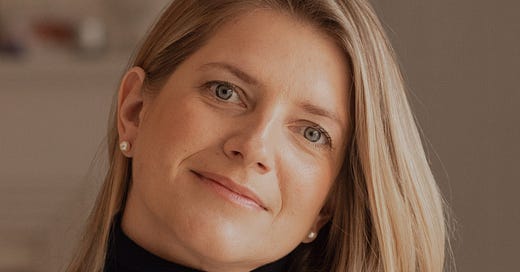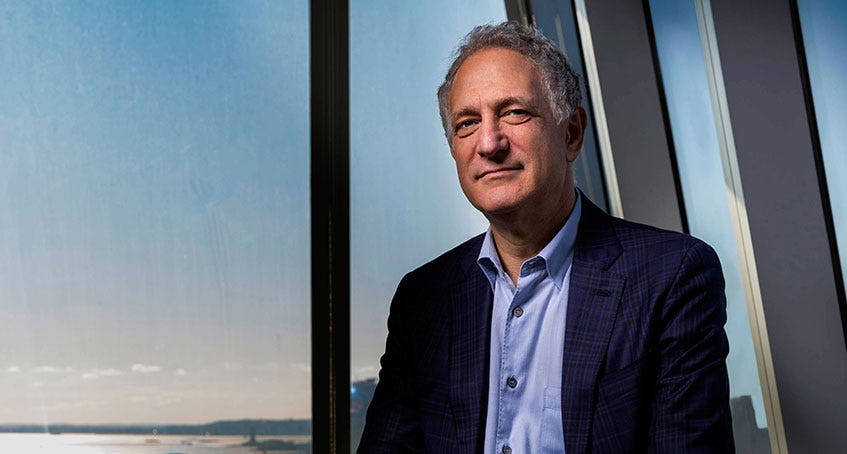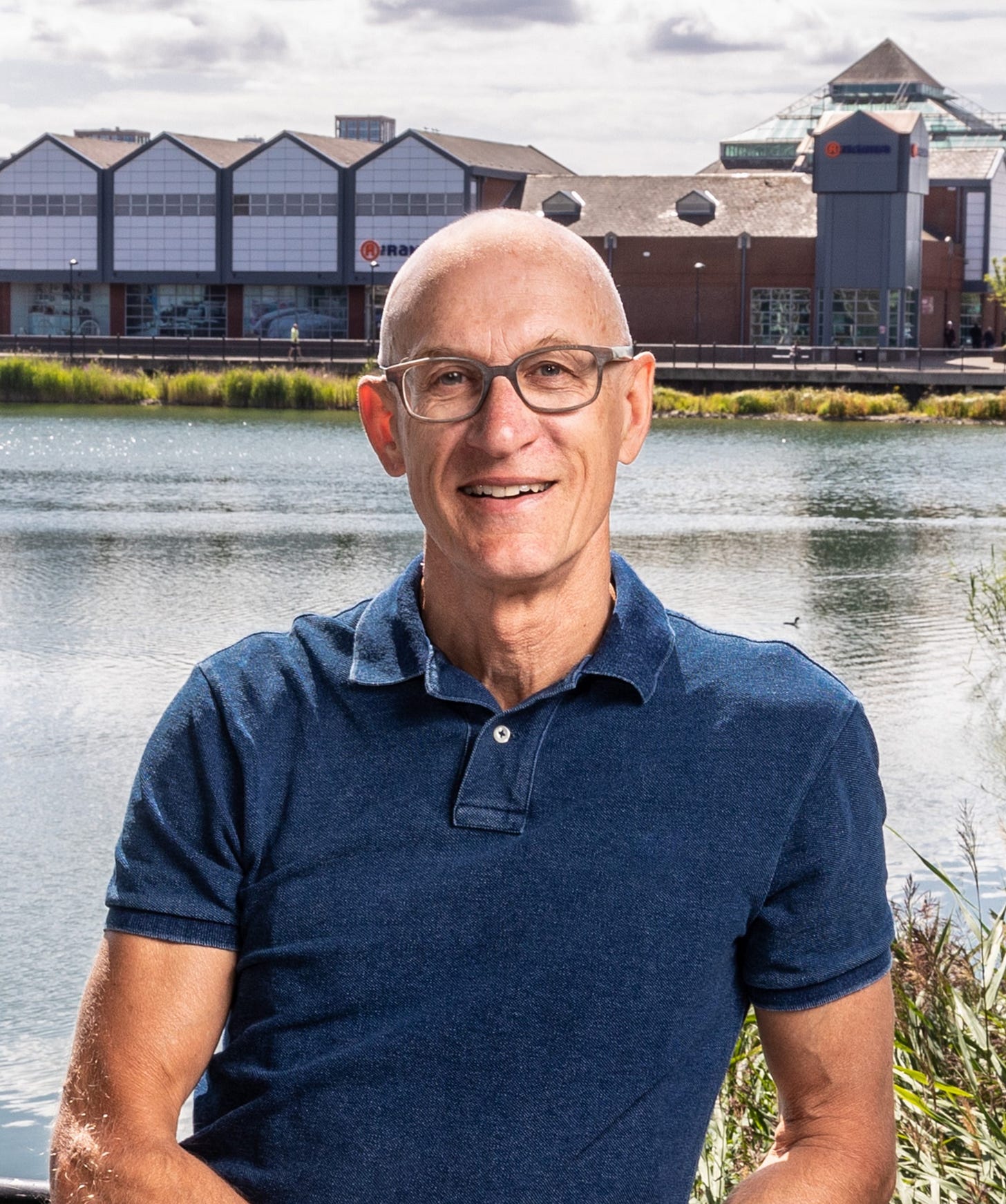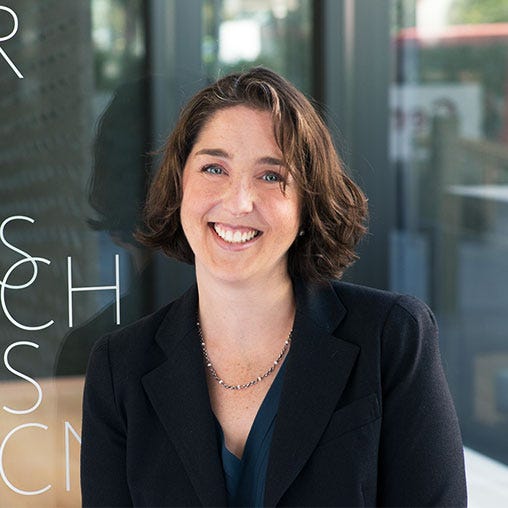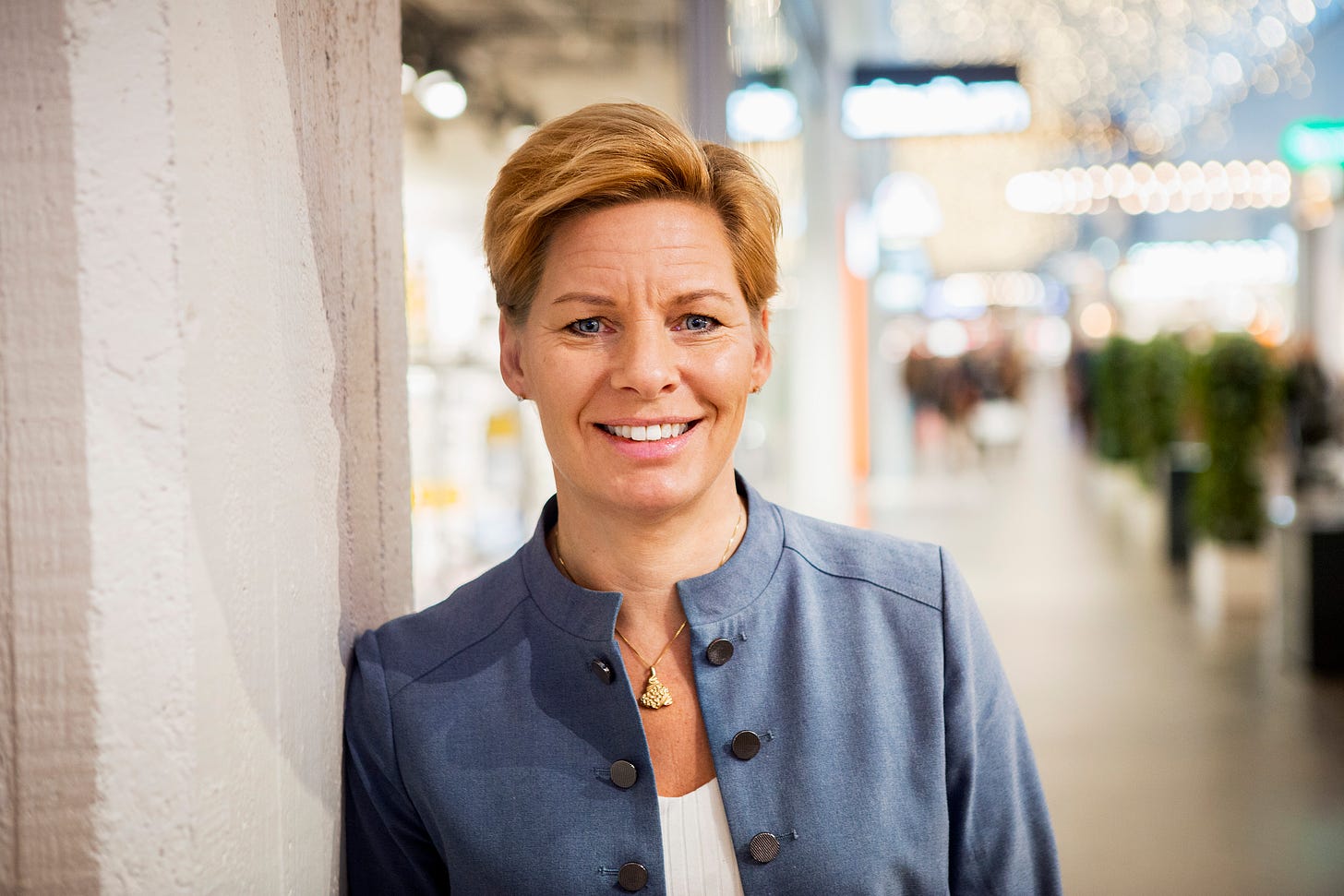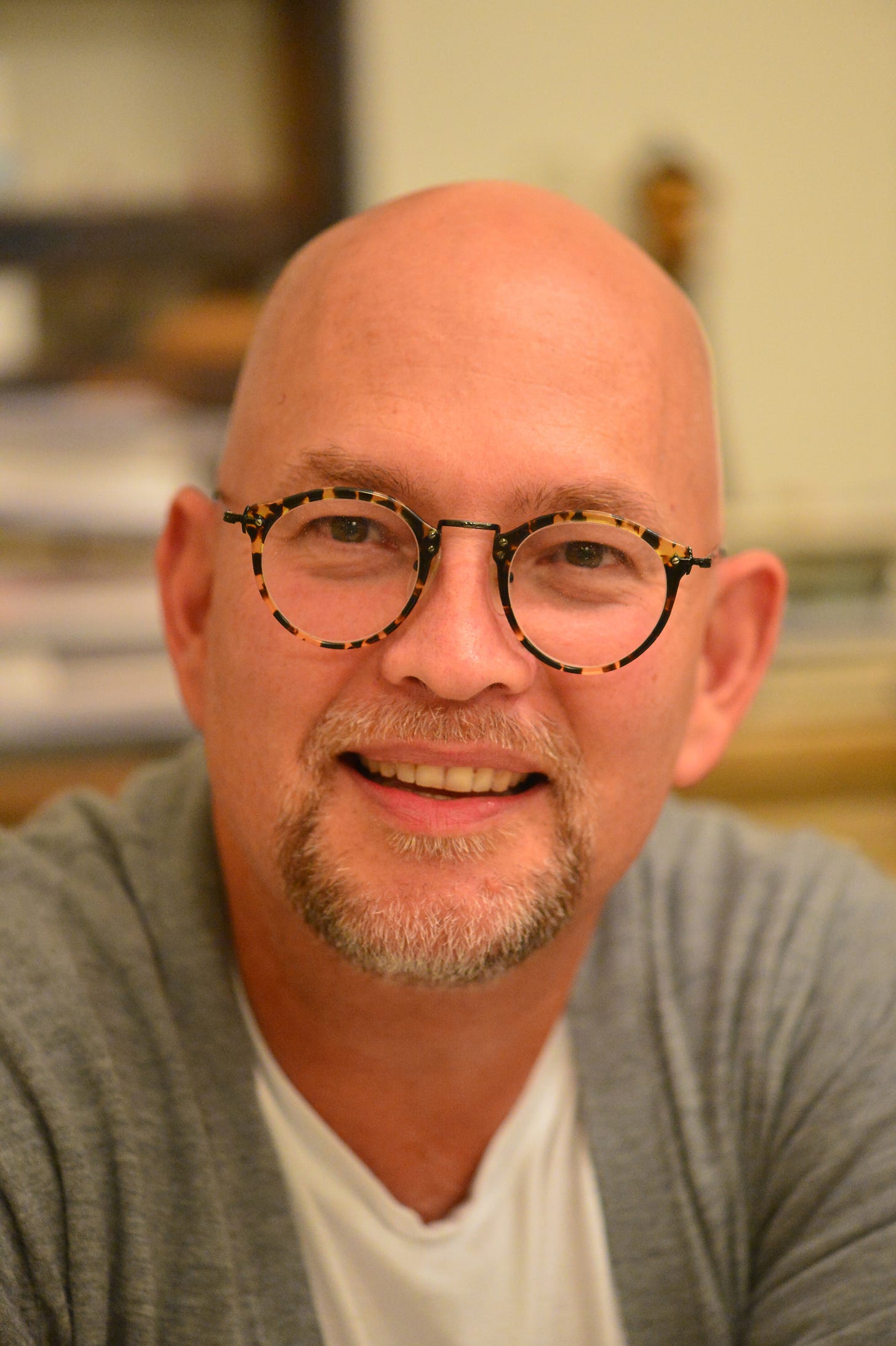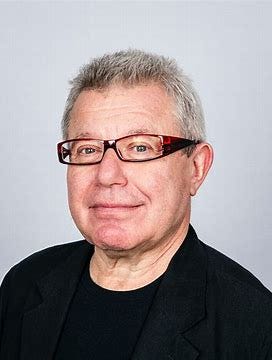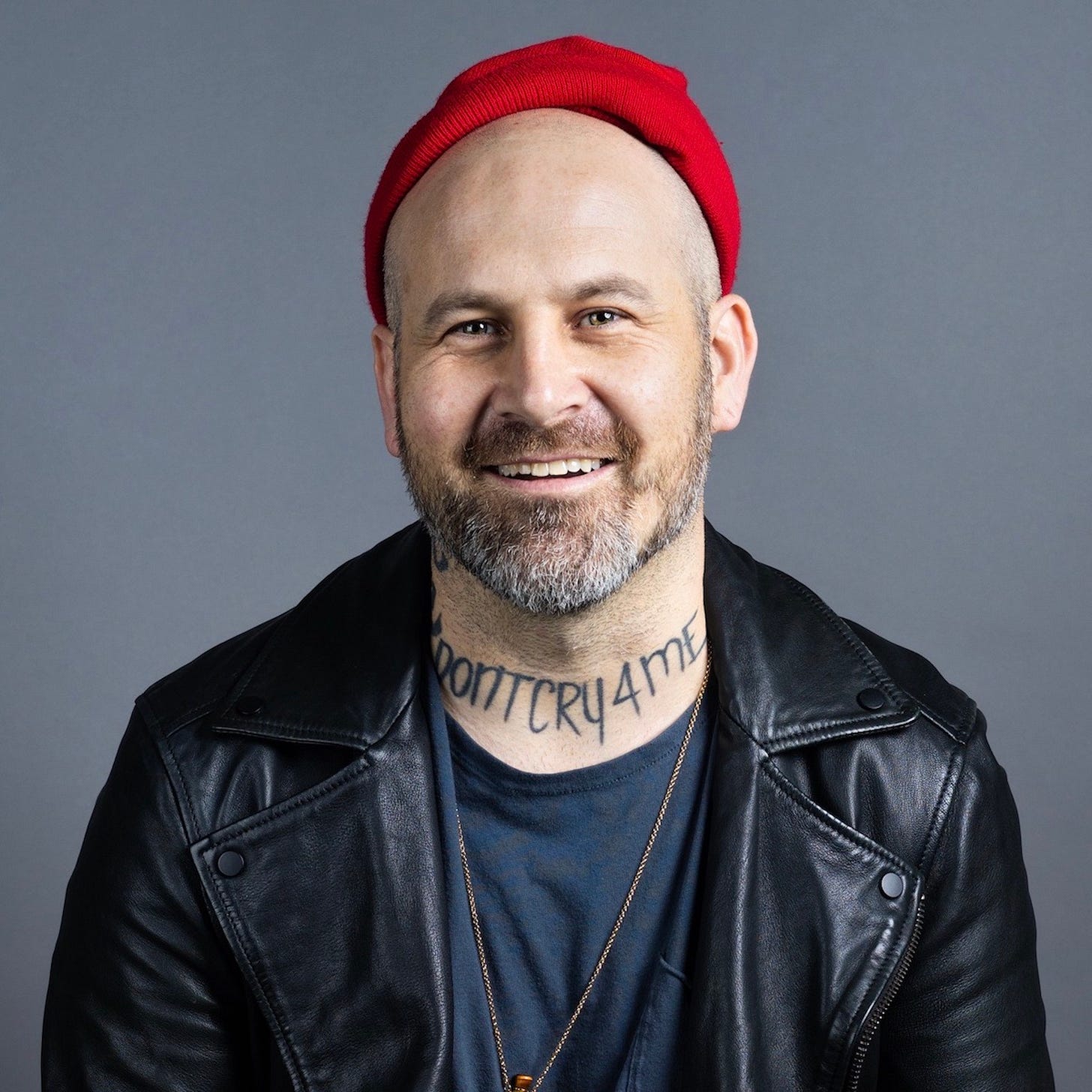How maniacs, fanatics and one highly qualified weirdo are changing the world
Intrigued? I hope so. Read on...
When I started Well-Placed back in June of this year I knew one thing for sure.
I wanted it to be about people.
Places too, of course. The clue is in the name. But quite apart from the fact that every building or space I have written about on these pages over the past six months has been from the perspective of how well they serve human beings as the end user, not one of them would exist without the people who designed and delivered them.
People who wield enormous influence over the way we live our lives and who have the power to change the world - for better or worse.
I said back in my very first post that the feelings evoked by a certain building, place or city can be the difference between a good day and a bad day and, in extreme cases, the difference between a good life and bad life.
So, what does it take to be part of the driving force behind a built world where good days and good lives prevail? Where places and spaces contribute to a happier, more efficient and sustainable existence?
I have spent the last year - and indeed much of my career, but let’s just focus on 2024 here in the interests of time and word count etiquette - speaking to and interviewing a particular breed of visionaries who are not only hell-bent on changing the world for the better, but are prepared to be open about exactly what it takes to do so.
Brutally honest but never self-deprecating, they include the self-confessed maniacs, fanatics and highly qualified weirdos behind some of the biggest projects and most ambitious urban regeneration schemes across the globe.
So, let’s hear from them.
I can’t think of a better way to bid farewell to 2024 than by rounding up some of the best quotes, most valuable recollections and greatest pieces of advice of the year from the people rewriting our collective futures.
Enjoy, and I’ll see you all in 2025.
A Year in Review - 2024 in the Words of the Gamechangers
Dan Doctoroff, former Deputy Mayor of New York and the man behind the rebuilding of New York after 9/11 including the development of the High Line on his reputation in both business and government for a ceaseless pursuit of results.
“I am not proud of the fact that, sometimes, I yelled at people. I was a maniac and I drove people incredibly hard. But the key to what we achieved with New York was setting deadlines. And I drove those deadlines. I had to. Because, particularly in government, the longer you stretch things out the more difficult they become. You need someone to drive the process. That was me.”
Roger Madelin, joint head of Canada Water at British Land and former chief executive of Argent where he led the King’s Cross regeneration scheme on what it takes to get a project of that scale off the starting blocks.
“This industry is littered with great potential schemes, great visions and great marketing materials of projects that never happened. There is a huge fanfare when people get planning permission but until it has happened, why should we believe it? The masterplan we submitted for King’s Cross was number 24. As it happens, the masterplan we submitted for Canada Water was also number 24. That just shows it takes a diverse team of people a really long time to push and pull those masterplans apart. We aren’t geniuses but you need people around the table who will call a spade a spade. You can’t shy away from having really robust conversations.”
Elizabeth Brink, Co-CEO of global design and architecture practice Gensler on the worst piece of advice she has ever been given (and learnt to ignore).
“I have been told many times throughout my career not to rock the boat. To just sit back and ‘let the people who know what they are doing’ drive the conversation. And I actually followed it for a while. And then, one day, I started asking questions and actively engaging. That’s when everything changed. I found a new level of confidence. I realised that my perspective was appreciated as much as my knowledge. Now, my own advice to people off the back of that bad advice I was given is this; find your voice, learn your perspective and don’t be afraid to bring that perspective into the conversation. Do it respectfully, always. But what you have to say is valuable.”
Hanif Kara OBE, co-founder of structural engineering practice AKT 11, self-confessed “highly qualified weirdo” and the man behind the inner workings of some of the world’s most complex buildings including Bloomberg’s European HQ and both Apple and Google’s HQs on why engineers should never be allowed to design buildings.
“The emergence of AI is an exciting time for engineers as long as we don’t end up designing the world. You do not want buildings designed by engineers, because they are quite ugly usually. A whole street designed according to what I have in my head would be awful. We have to be very cautious about not stepping into the heads of architects and developers.”
Martyn Evans, creative director at specialist mixed-use regeneration developer Landsec U+I on what development is really all about.
“People are complicated, messy, difficult, different, diverse…you can’t run that off a spreadsheet. Life can’t happen without our industry. But you have to be able to understand people to build well. If we don’t understand life and people, we won’t do a very good job as a sector.”
Annica Anas, chief executive of Swedish developer Atrium Ljungberg on setting a new standard for largescale timber development by driving the Wood City project in Stockholm, set to become the largest mass timber project in the world.
“Buildings account for as much as 40 per cent of the world’s CO2 emissions. Although that's unfortunate, it also gives the real estate sector opportunities to make a big difference. Our company has ambitious sustainability goals, including being climate neutral by 2030. To achieve these goals, it's not enough to do things at the margins, we must take bold and courageous steps. And we need more people who share the same goals. We hope that, with the Stockholm Wood City initiative, we can inspire other real estate companies, both in Sweden and globally.”
Bill Hanway, global social infrastructure and sports lead at consultant AECOM on what it takes to deliver multiple Olympic masterplans under extreme pressure to immovable deadlines - often in the face of unforeseen market challenges.
“You get used to it. I never look at a Games and think ‘oh, it’s going to be fine’. But, because I can see the context of some of the problems in relation to solutions that were found in previous Games, it gives me a little more perspective. It’s that perspective that keeps me sane.
“In some ways it is easy to deliver venues for the Games themselves because they drive so much emotion just by the virtue of their being complete. One of my favourite things, after working on these projects for many, many years is to be able to walk in the public realm where the fans are and just watch them. To see them smiling and happy always hits me very hard emotionally after all that work. It’s incredibly rewarding. But a city goes through a lot to deliver a major sporting event and making sure that goodwill feeling carries on is a challenge.”
Daniel Libeskind, founder of architecture practice Studio Libeskind and the master-planner behind the redevelopment of Ground Zero on mortality and vulnerability in reference to the Maggie’s Cancer Centre he designed at London’s Royal Free Hospital.
“It’s a very sad thing when somebody discovers they have a bad diagnosis. But Maggie’s Centres are not institutions that affirm the darkness around you. They provide light for your future.
“We are all mortal. We are all vulnerable. But what I tried to do at this Maggie’s Centre is show that there is a sense of life to be found, whatever your circumstances. This is a space that I hope offers something mysterious, something interesting, something vivid, something that is unique for each person. Even if you have a dire diagnosis, there is still a world out there that you are part of.”
And finally, from the designers, developers and deal-makers to an investor who can’t go unmentioned in the great inspirational quote round-up of 2024. Read on to find out why…
Daniel Dart, founder of construction VC Rock Yard Ventures on how a challenging life story culminating in homelessness and time spent in prison has given him a different view on life, ambition and risk to pretty much everyone else he knows.
“I really don’t see failure as risky or dangerous. Risky to me is jumping out of an aeroplane without a parachute.
“If you are not terrified to say what you really want, you are not dreaming big enough and you are not growing. Full stop. If you fail? Who cares? If I asked you what Taylor Swift’s three worst performing songs are, I bet you couldn’t tell me. No one cares about failures.
“We should all be searching for our believers, not trying to convince our sceptics. Try your best to be yourself. That means you will say things people don’t like. And that’s fucking great.”
Emily Wright is a real estate and technology journalist contributing to titles including Wallpaper*, Dezeen, WIRED, GQ and The Spaces.

